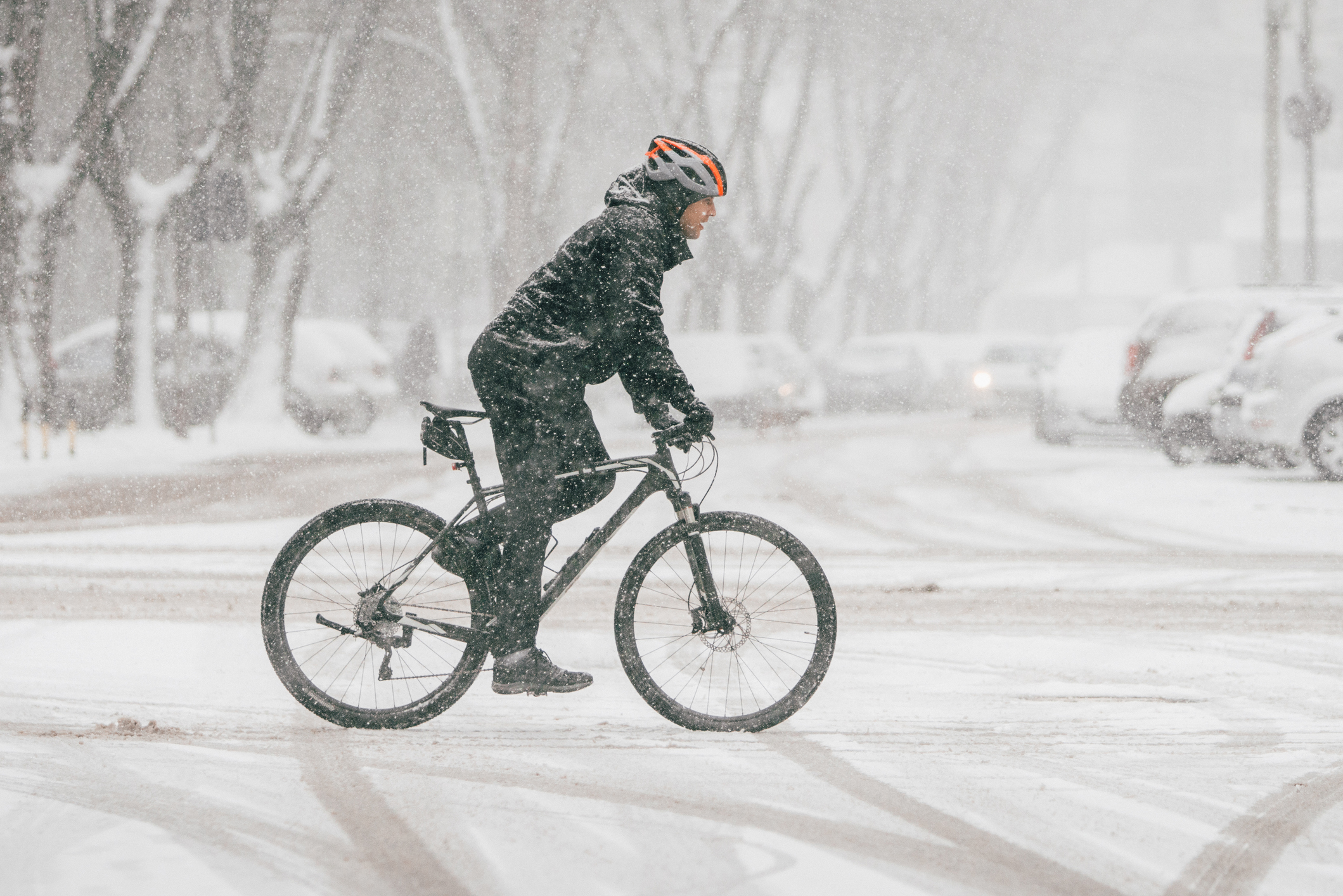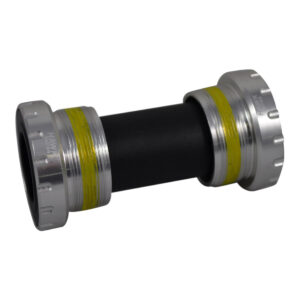Just because the weather has gotten colder, it doesn’t mean you need to stop riding. Many riders only pursue their sport in the warmer months. While this may work for some people, others crave the excitement and adventure of riding in more extreme temperatures.
The good news is that you don’t need to stop riding. If you winterize your bike, you can continue riding even when the weather gets colder. Here are some things you should do to prepare your bike for the winter.
Apply Wax to Your Bike’s Frame
Waxing the bike’s frame coats makes it a lot more water-repellant. During the winter, moisture is going to be your biggest enemy, too. Icy roads love to throw up clods of snow, and a wax coat will prevent the bike from bearing the brunt of the damage.
Use whichever wax coat you typically use, and before you pick a product you should consult with your bike shop or the bike manufacturer for the best product choice. Keep in mind that most bikes could benefit from this, even those that have aluminum frames. The more you’ve got on, the less water will penetrate it. Keeping your bike dry is truly the name of the game.
Lubricate the Chains Properly
Bike chains are meant to have plenty of lubrication, and you should definitely make sure you’ve lubricated them during your winter rides. Otherwise, each time you peddle, they’ll grind themselves to dust. Don’t use a dry lube, though. These won’t last as long during the winter months.
Before getting on your bike, run your fingers along its chains. You should have a thin layer of lube on them afterward. If not, reapply your lube before taking it for a ride.
Check on the Health of Your Tires
Cold weather tends to affect how filled your tired are with air. Check the tire pressure constantly, and also make sure that your tires are in good condition. Air compresses when the temperature drops, so even good tires might get a little flat.
Riding on flat tires isn’t just harder on your body, either. It’s also damaging to them. You should check their air pressure before getting on them, at least. If they’re not fully inflated, add a little bit more air. That way, they’ll last as long as possible.
Add Some Winter-Weather Fenders
Nothing provides more protection than a good set of fenders, especially when it comes to your winter biked rides. These prevent ice from being thrown all over your bike’s frame. Plus, they’ll add a new aesthetic to your bike as well.
Fenders also make sure that your bike’s lubricant isn’t washed away by sloshing snow. Keeping your bike lubricated is difficult with them, especially during the winter.
Put fenders on the front and back, too. Just putting them on one side won’t provide nearly as much protection. Without a rear fender, your back tires will still throw water onto the bike’s chain. Your front fender makes sure nothing gets on your bike’s pedals, too.
Dry Off Your Bike After Riding
It is so important to keep your bike dry in cold weather. If you’re riding in winter conditions, moisture that stays on your bike can cause long term damage and cause it to rust. Even good fenders won’t totally protect your bike, though. So, each time your ride, remember to dry it off.
Simply wipe it down with a microfiber cloth each time you’ve finished riding it. That should do more to protect your bike than anything else.
Winter weather seems like it would make your bike ride a lot more difficult. However, preparing your bike properly should make a big difference. When the weather starts to turn, remember these tips. They’ll keep your bike in good shape until the warm weather come again.
Share this post:



